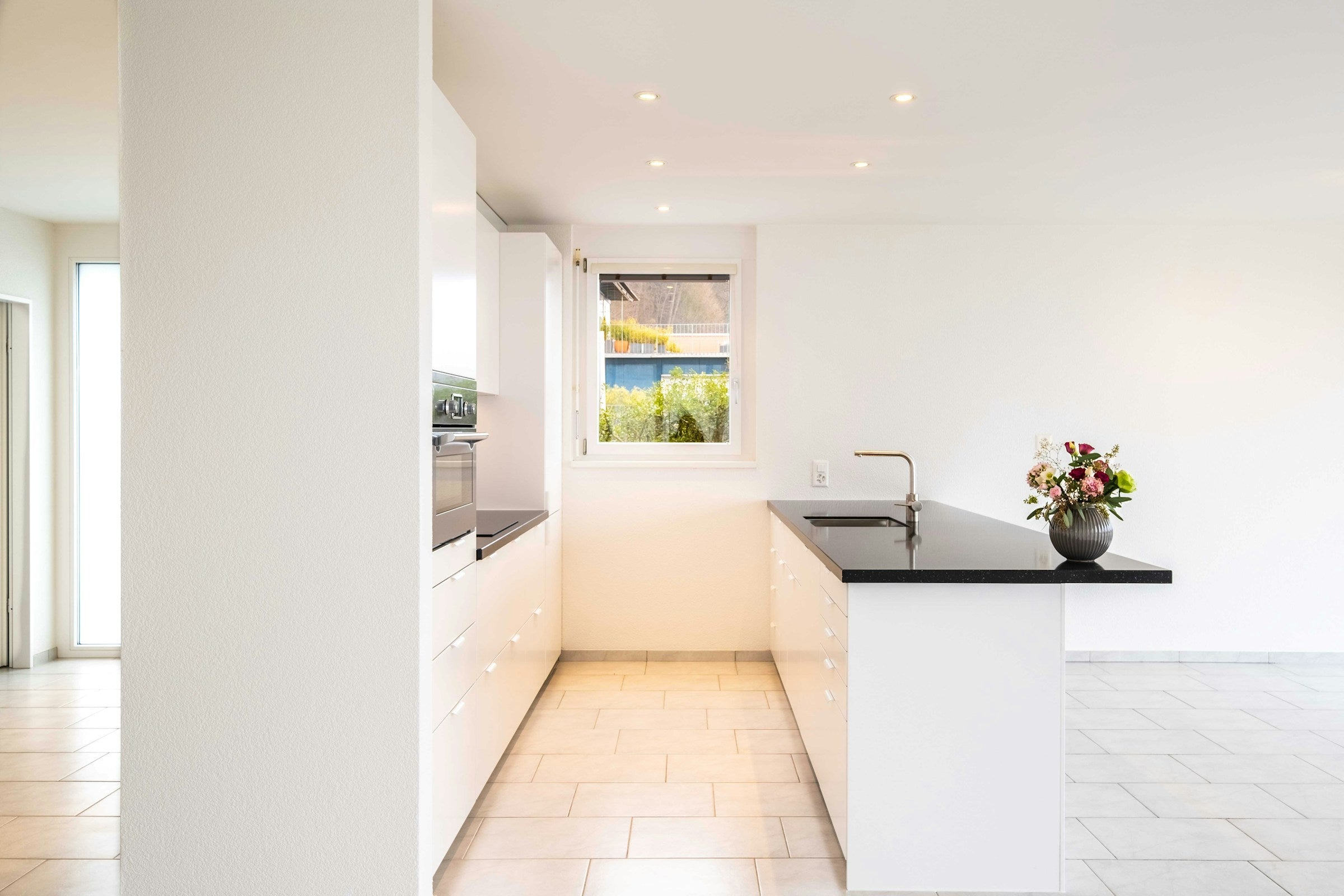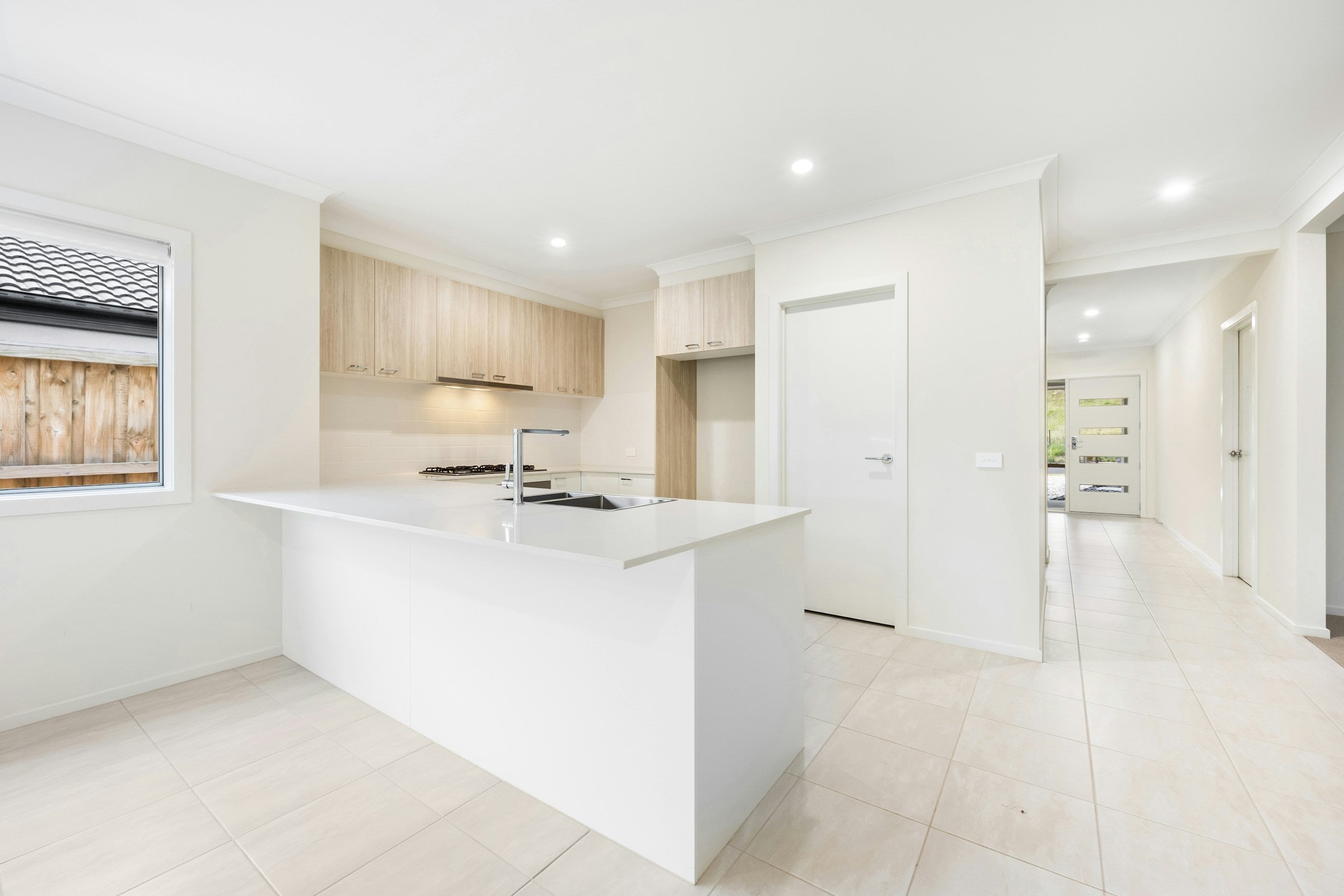
- by TORCHSTAR CORP
Pre-Move-In Lighting & Comfort Guide
- by TORCHSTAR CORP
What to Check Before Living in an Older Home
Common Lighting & Comfort Issues in Older Homes
Most older homes show consistent shortcomings when it comes to comfort and light quality. Typical issues include:


What Should Do Before Moving In
A few straightforward upgrades can dramatically improve the overall atmosphere and usability of the home. Before move-in:
What Professionals Should Inspect or Recommend
Lighting installers or electricians can help refine and expand your comfort upgrade plan. A professional should:

Let's try something new for a Bright, Comfortable Home
Fill out the form below and our team will get back to you within 24 hours.
Thank you for reaching out. We have received your message and will be in touch shortly.
Share:
Pre-Move-In Whole-Home Essentials
Pre-Move-In Plumbing Guide